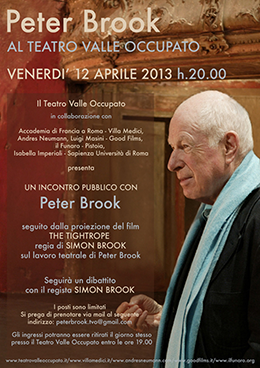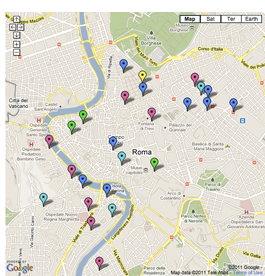Overview of the structure of questions
Here is my latest lesson on how to form questions in English.
Information questions start with a stressed wh-word but yes/no questions start with an unstressed verb. So the pronunciation helps to communicate the type of meaning.
Questions in English require inversion*. A grammar verb (primary, auxiliary or modal) comes before the subject. Again, this helps to communicate in a clear way that the sentence is interrogative. Inversion is never optional, when a verb is the first word, we expect a question* (so you must be careful not to omit the subject in positive sentences).
The inversion is followed by the main verb, except when to be is primary (i.e. with no main verb). The resulting sandwich of grammar verb—subject—main verb is typical of questions in English, both in construction and in pronunciation.
* There are exceptions but we aren’t concerned with them here.


